“Once I discovered that Venetian beads were made primarily by women at kitchen tables in their spare time, I knew I would write about them.” Tracy Chevalier’s best-selling novel The Glassmaker celebrates the art of bead-making through five centuries of a Murano glassblowing family. Historically, women have been the unsung heroines of glassmaking, making beads to supplement the family income. However, this brilliant book establishes their importance and power.
Tracy Chevalier is best known for her historical novel Girl with a Pearl Earring, which was inspired by the famous Vermeer painting and led to the Oscar-nominated movie of the same name. Her heroines are often makers and she recreates their daily lives in pre-industrial times. Her captivating stories have included tapestries, quilts, embroideries and now glass.
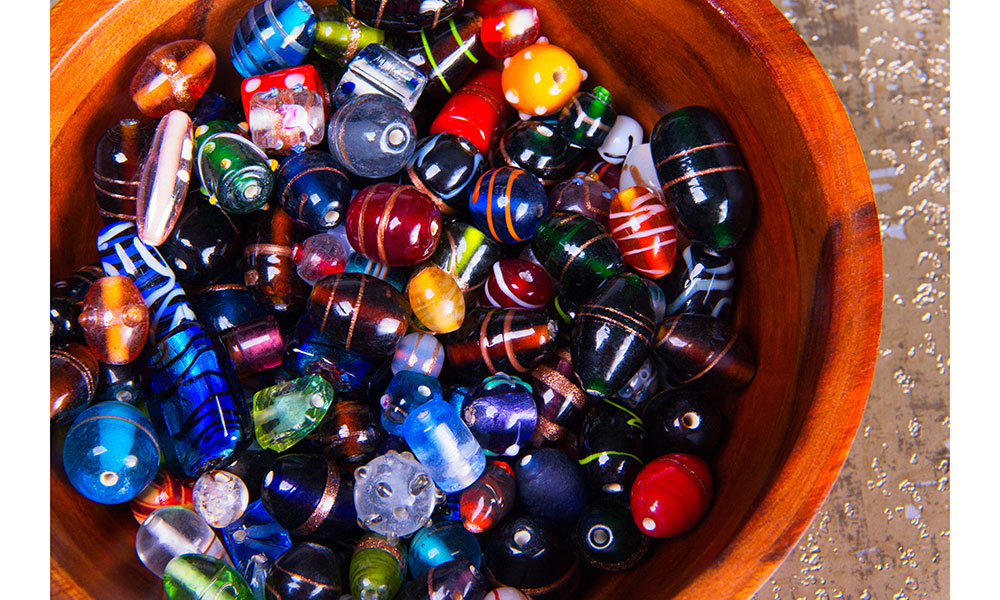
Glass Beads
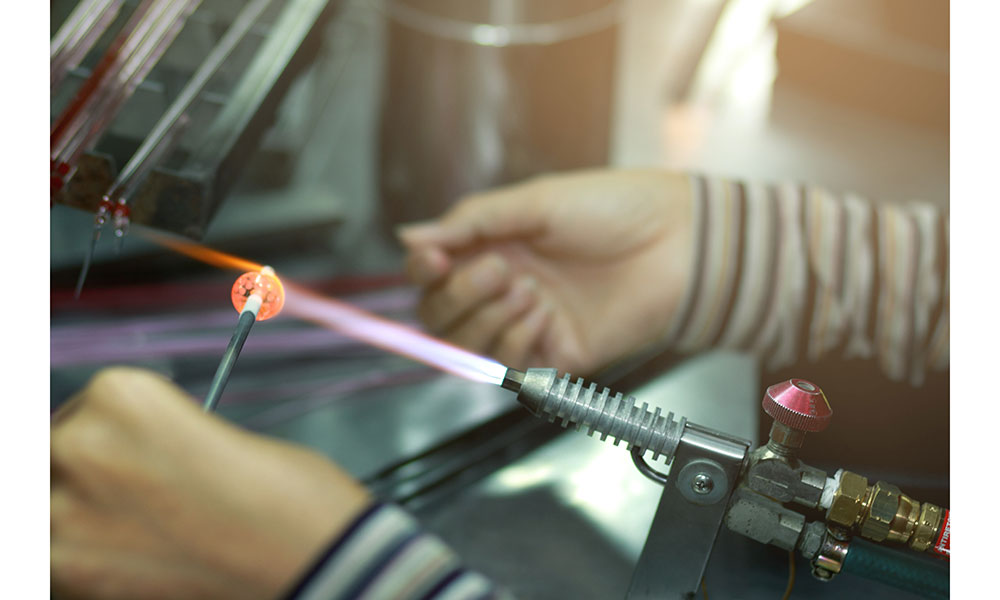
Lampworking a glass bead
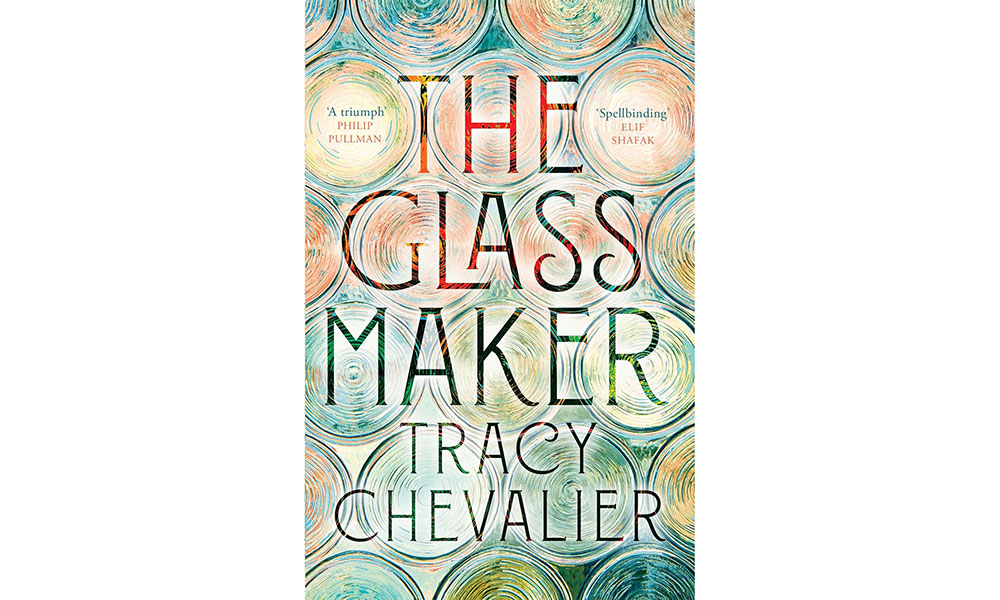
The Glassmaker
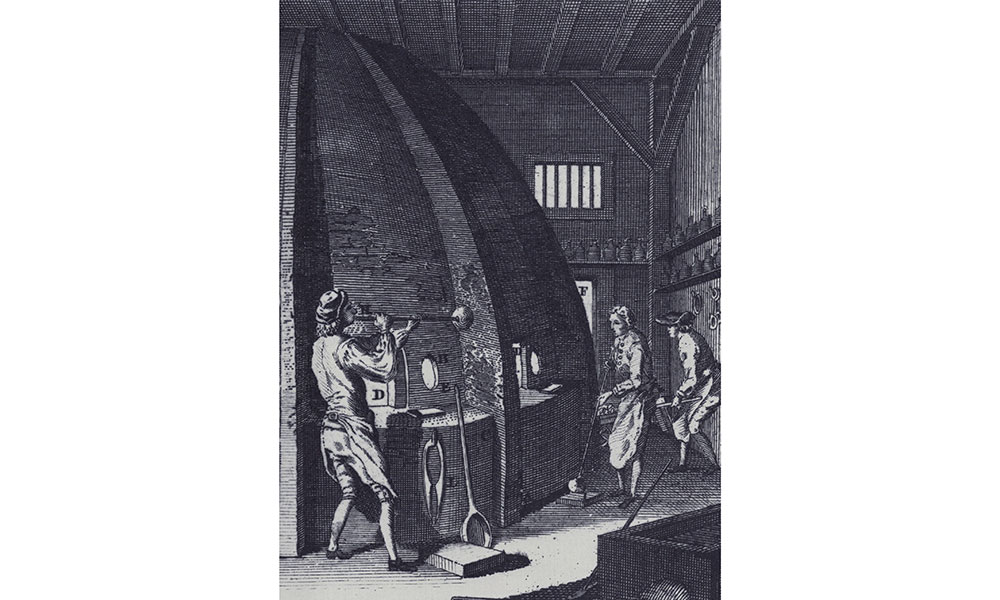
Murano Glassmakers
The fictional protagonist in Chevalier’s 11th novel is Orsola Rosso, based on a real-life Italian beadmaker, Maria Barovier, the 15th-century creator of chevron beads, also known as rosetta or star beads. They are made from drawn glass canes, which are shaped using star-shaped molds and consist of many layers of alternating colors.
In Italy, beads were traditionally made by several different methods. Seed beads known as ‘conterie’ were produced by cutting hollow glass canes into tiny segments and rounding them off through heating. ‘Da canna’ beads are made by sectioning, softening and polishing hollow glass canes. ‘Soffiate’ beads involve blowing into a hollow pipe, and ‘murrine’ are produced with multicolored glass canes assembled and cut around a core. ‘Perle a lume’ beads use a torch to melt the glass on copper tubes to create the hole.
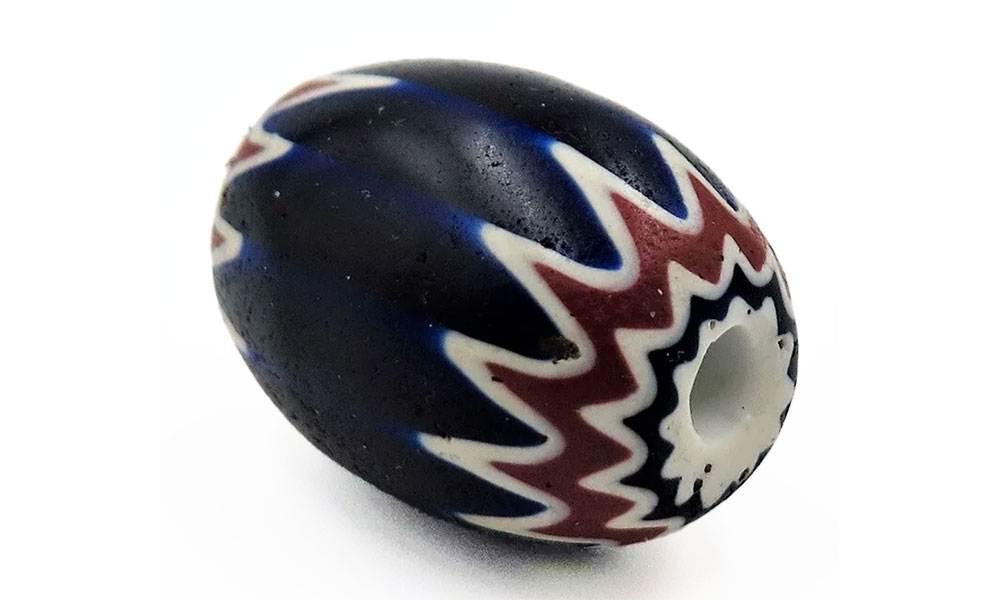
Chevron Rosetta Bead
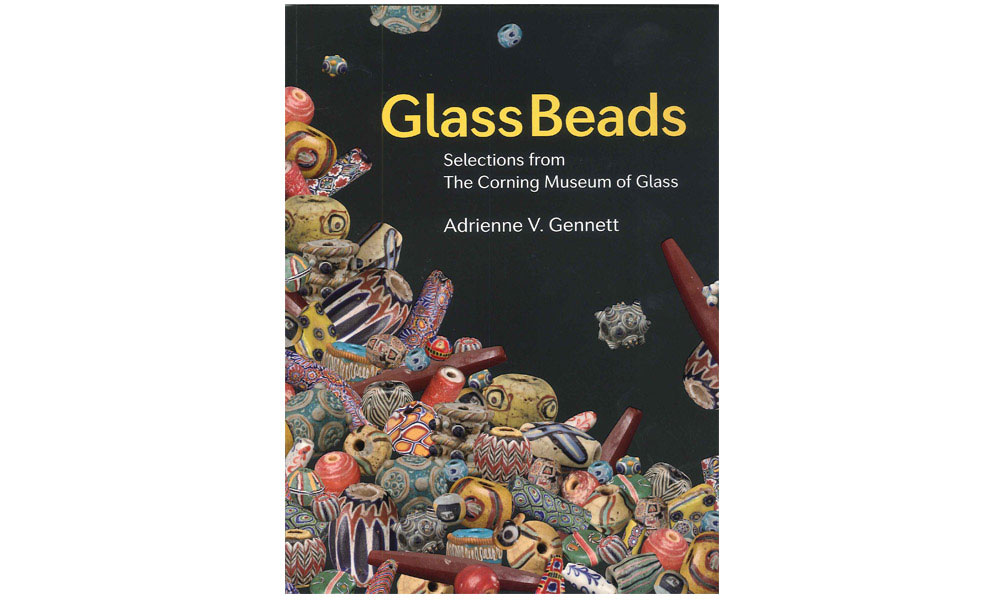
Glass Beads Corning Museum of Glass
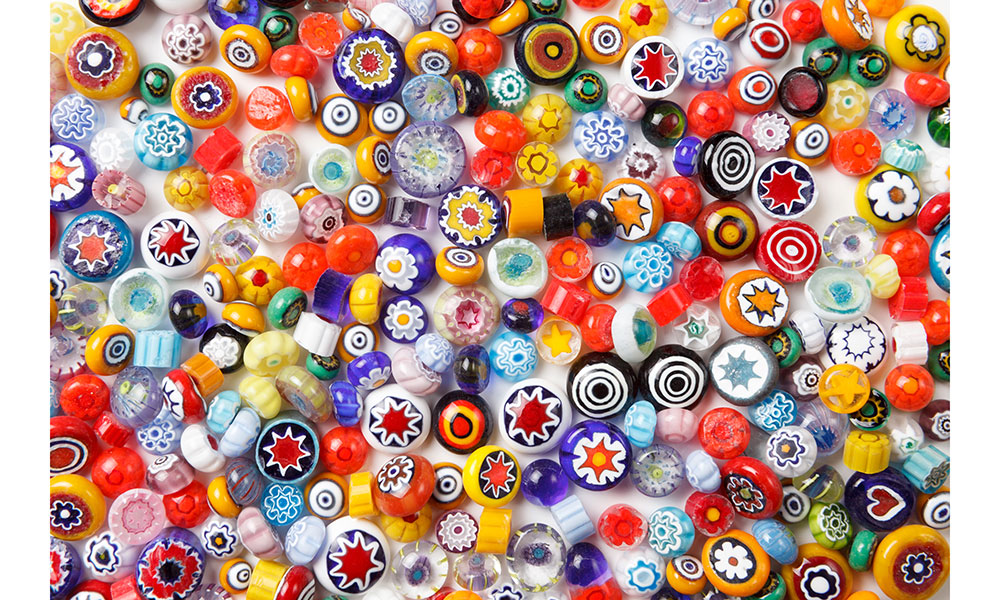
Glass Beads
A visit to the Corning Museum of Glass in New York State introduced Tracy Chevalier to the wonders of glassmaking and she was enchanted by the gorgeous Venetian beads on display. She continued her historical research at the British Library in London, where she lives, and traveled to Venice to watch the Murano glass blowers at work. She tried making beads by an early method of winding molten glass around an iron rod, which she found incredibly challenging. The experience gave her a great respect for glassmakers and authentic details for her novel.
Murano has been an important glassmaking center since the late 13th century and the Venetians exported glass beads worldwide. When Christopher Columbus arrived in San Salvador in 1492, he brought Italian glass beads to trade with the indigenous people. For several centuries, trade beads were an important form of barter for native Americans. In 2020, UNESCO gave glass beads Intangible Cultural Heritage status, honoring the wealth of knowledge and mastery of material (glass) and element (fire).
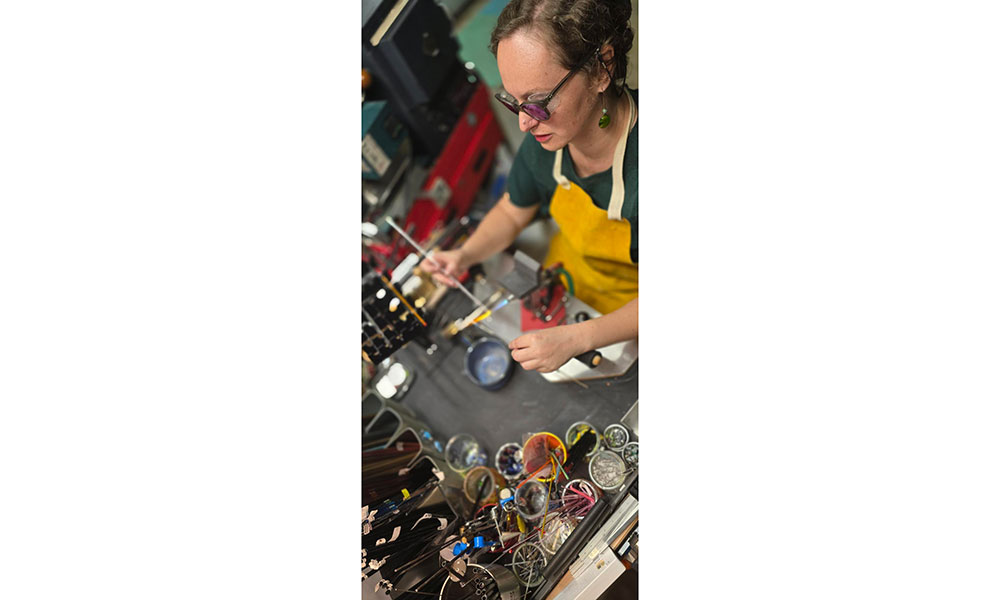
Mirela Popovici at work
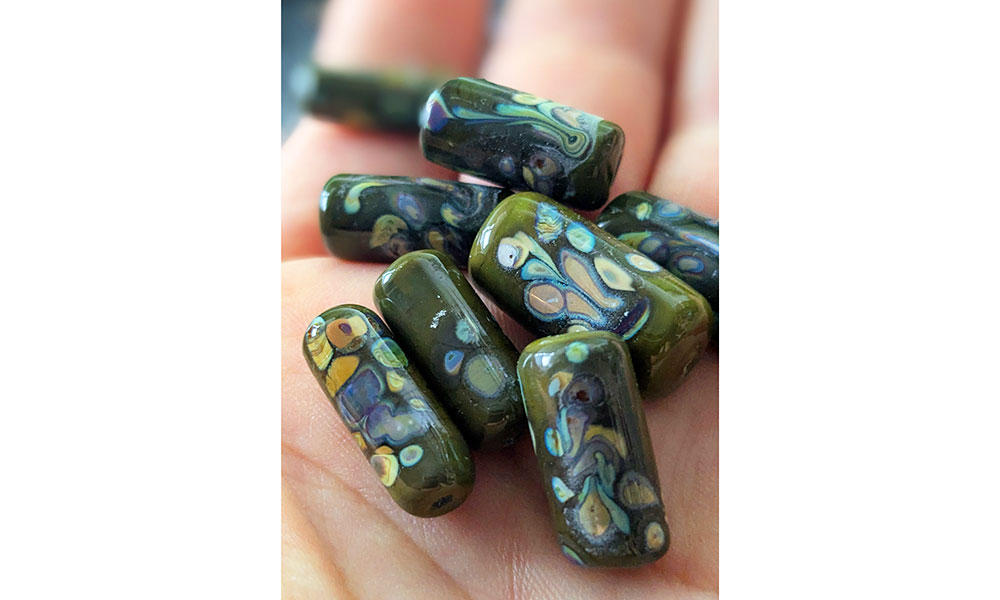
Mirela's Beads
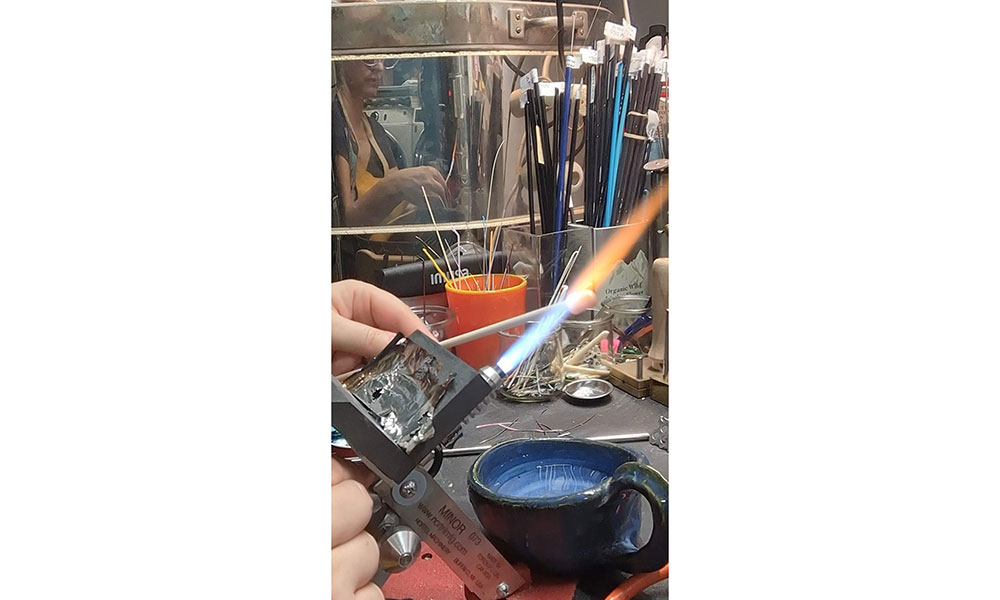
Mirela Flameworking a Glass Bead

Mirela Flameworking a Glass Bead
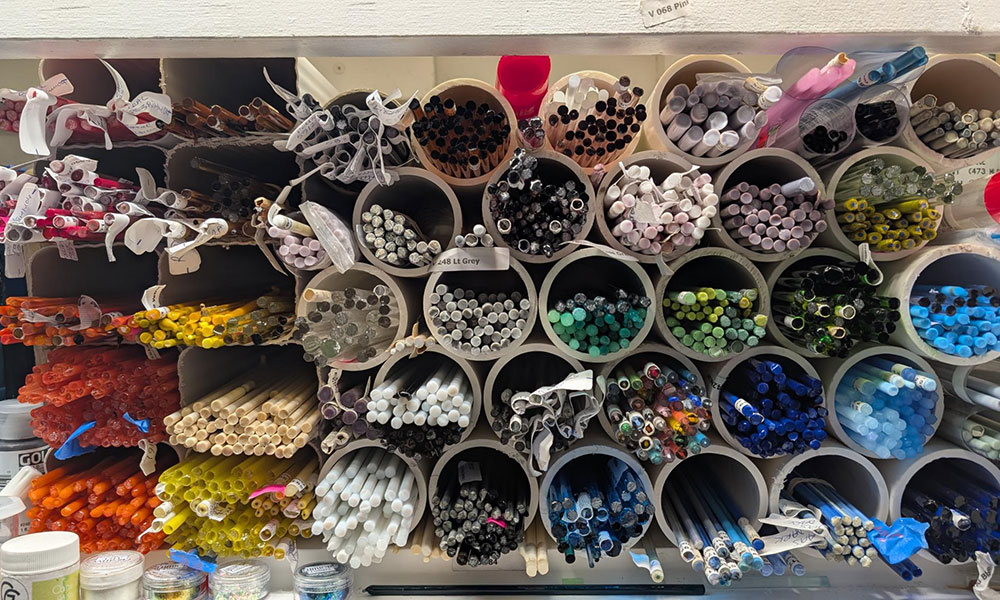
Glass Canes in Mirela's Studio

Glass Canes for Beadmaking
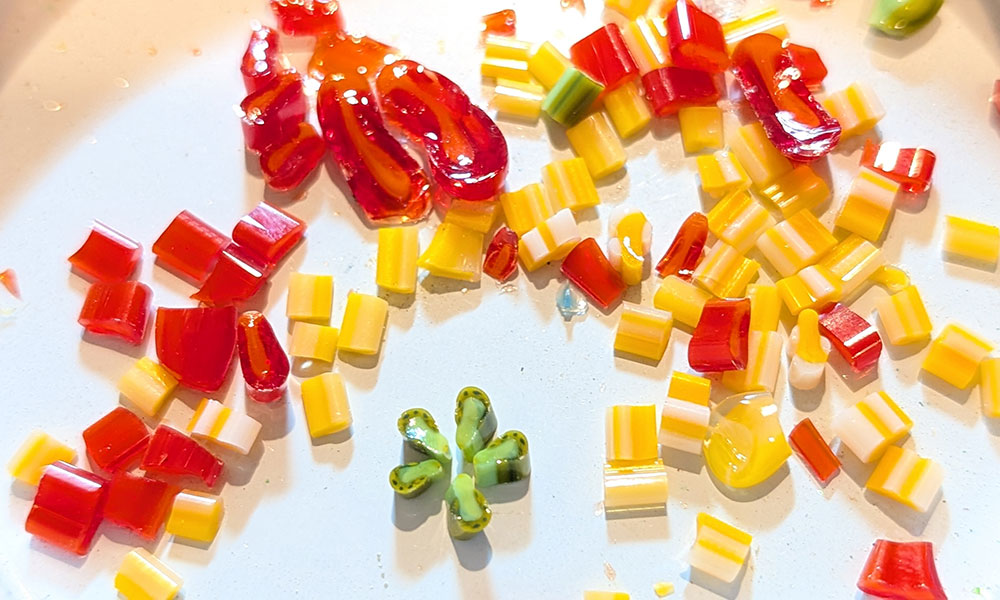
Beads in Process

Beads in Process
A passion for beads is shared by the jewelry artists represented in the WMODA Museum Shop. Local artist, Mirela Popovici, is well known to WMODA guests for her clay building projects and pottery wheel-throwing demonstrations but she became interested in fused glass after a Unity in the Community workshop with Chelsea Rousso. While on vacation in Cluj, Romania, Mirela and her daughter took a lampworking class at a little studio called The Murano Atelier and made a small glass heart bead. She loved the process so much that she went back for more lessons last year and set up a lampworking torch at home when she returned. She joined the International Society of Glass Beadmakers and takes online workshops to continue her explorations.
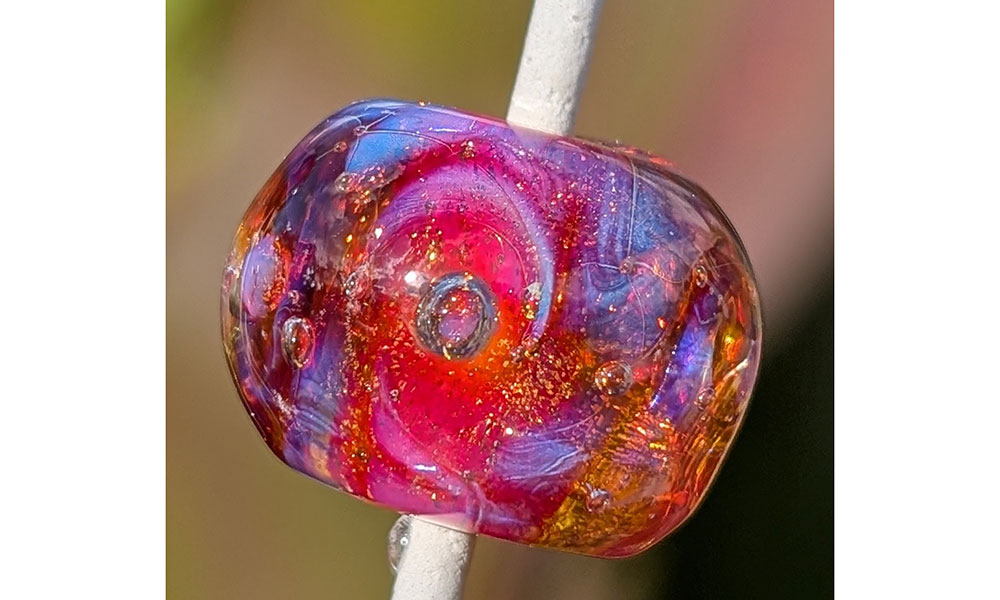
Glass Bead by Mirela
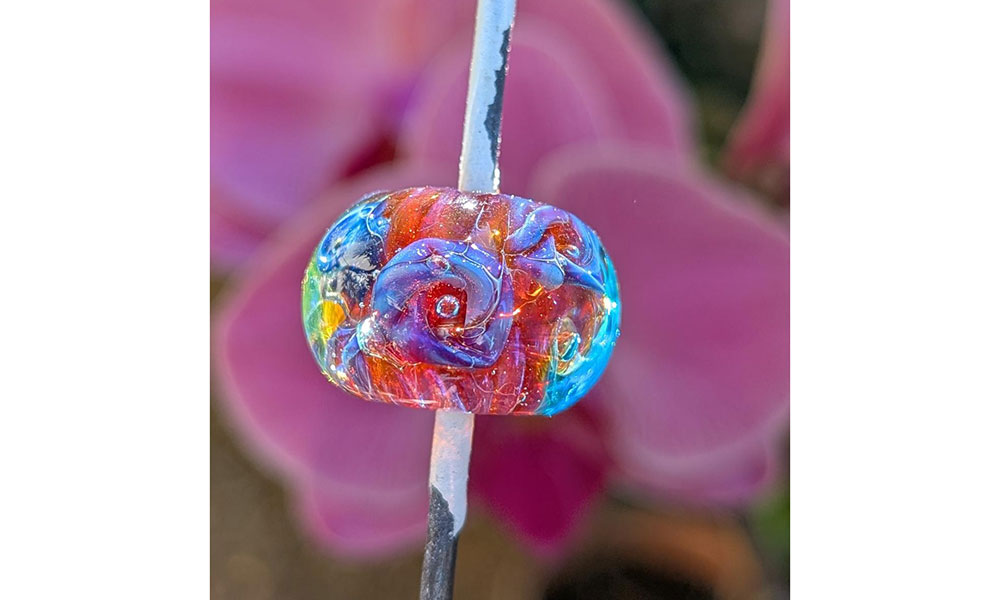
Glass Bead by Mirela
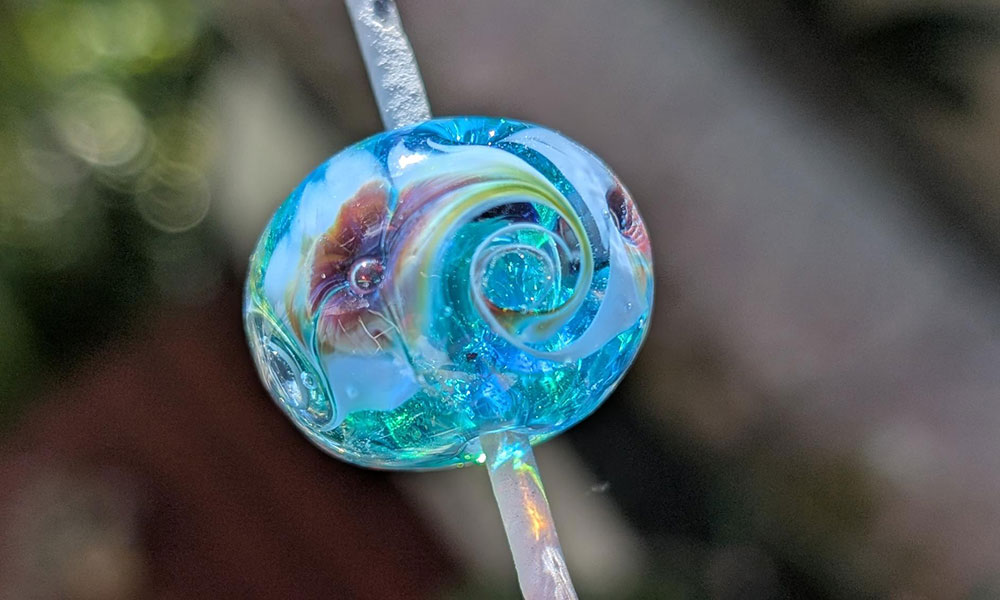
Glass Bead by Mirela
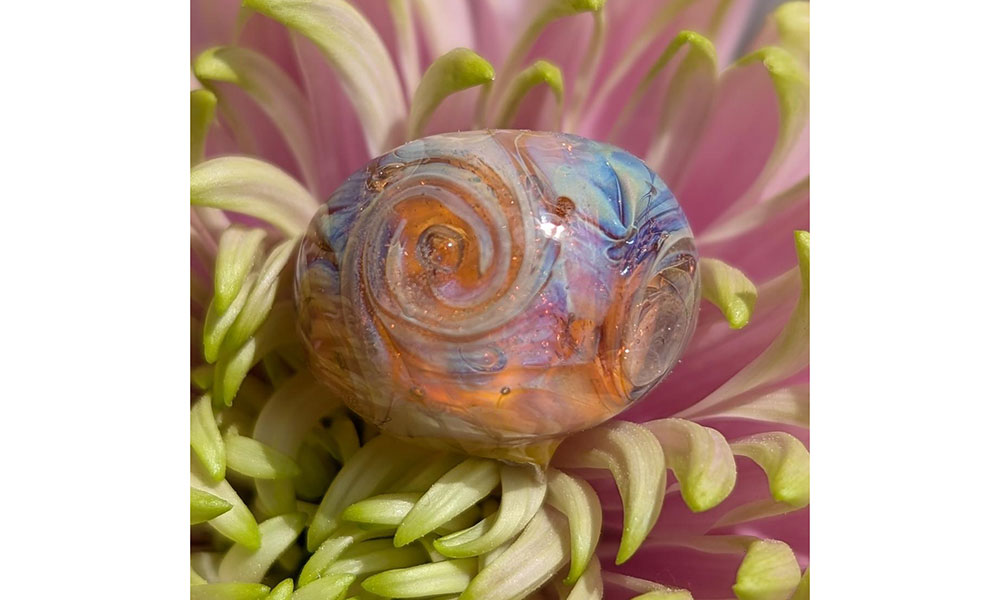
Glass Bead by Mirela
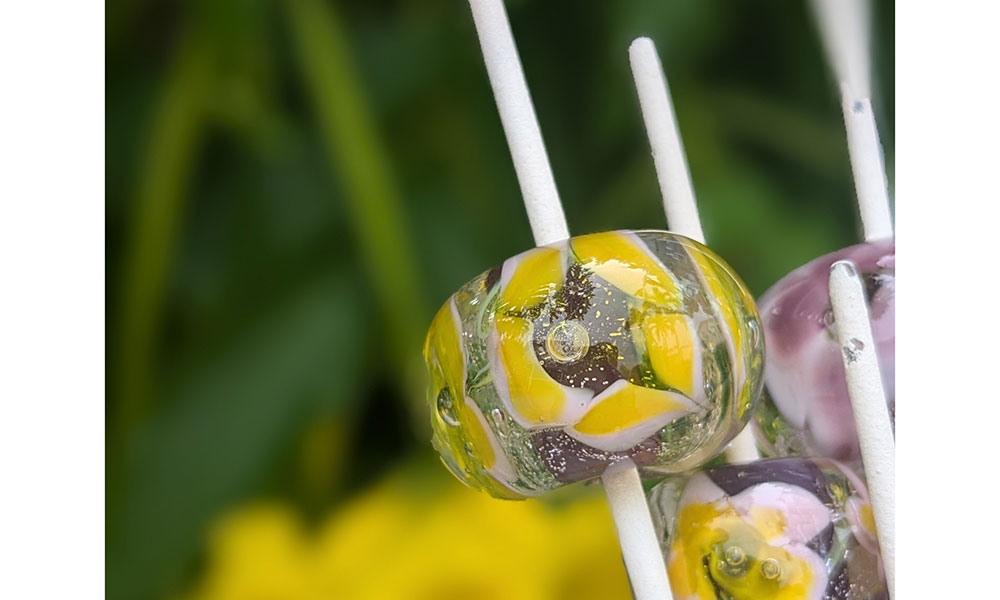
Glass Bead by Mirela
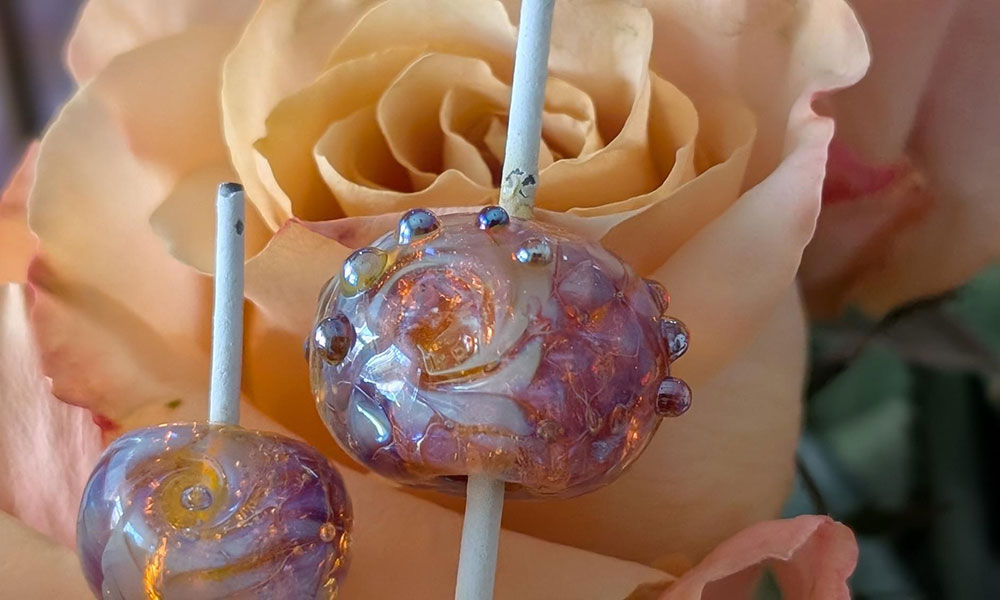
Glass Bead by Mirela

Glass Canes for Beadmaking
Mirela works with canes of soft Italian Effetre glass and Double-silvered glass made in the US. When glass is heated, it changes color and becomes liquid, and Mirela enjoys experimenting with the form of the flame, the amount of oxygen and the reactions of the metal oxides in the silvered glass. She then places the bead in the kiln to anneal and cool slowly so it solidifies without tensions. She loves the moment she opens the kiln the next morning and sees the finished beads. She uses a diamond drill to clean the inside of the beads and creates exquisite bracelets, necklaces and earrings which she sells at the WMODA Museum Shop.

Earrings by Mirela
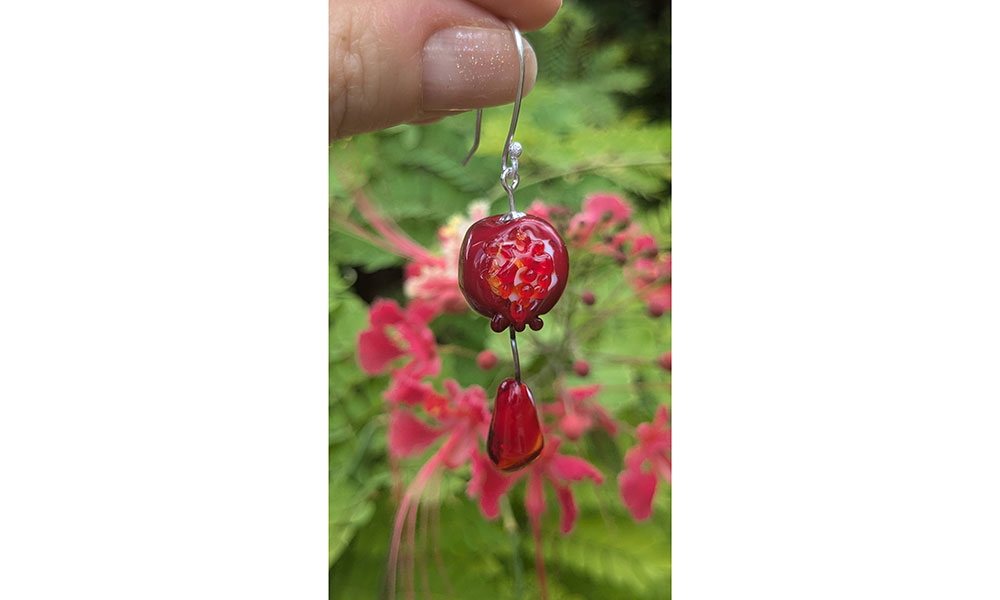
Glass Earrings by Mirela

Jewelry by Mirela
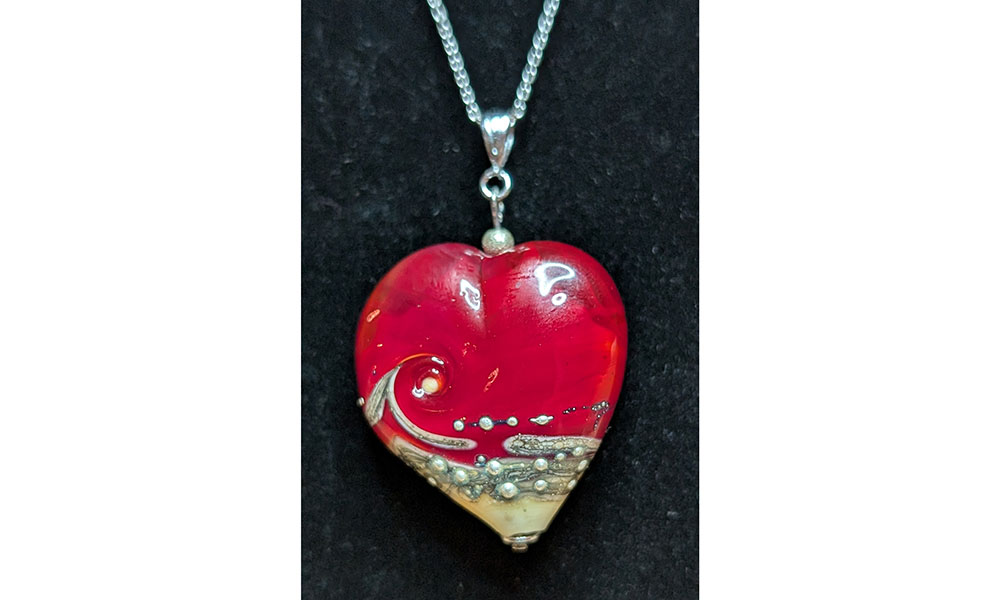
Doulton Waning of the Honeymoon by M.V. Marshall

Glass Pendant by Mirela
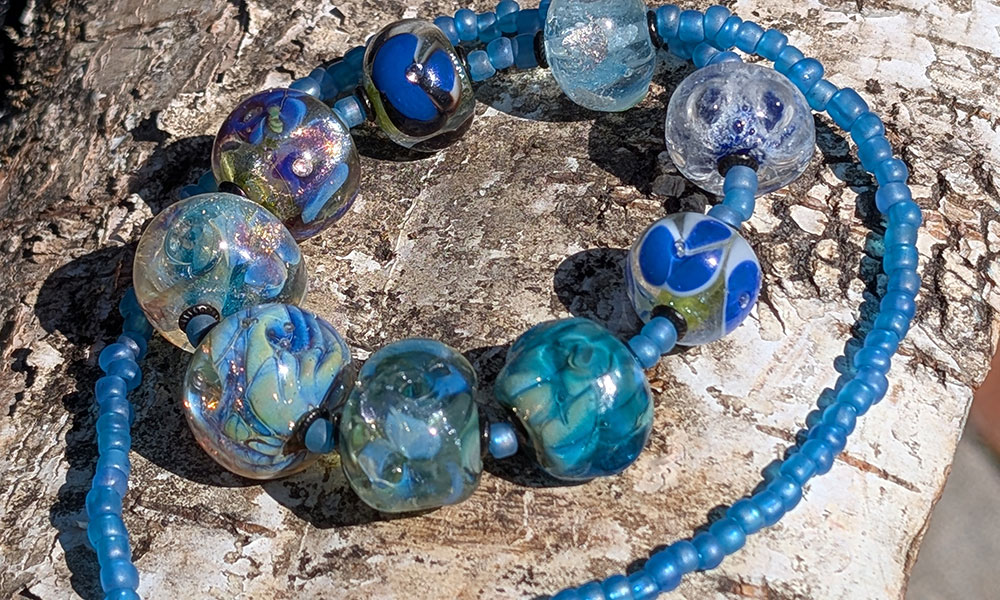
Glass Bead Bracelet by Mirella
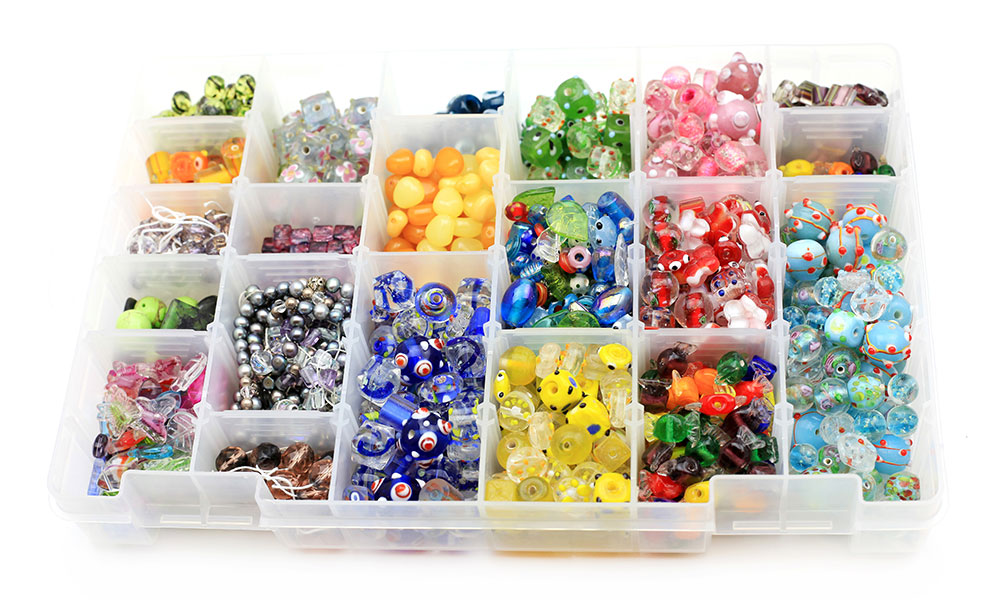
Glass Beads for Jewelry
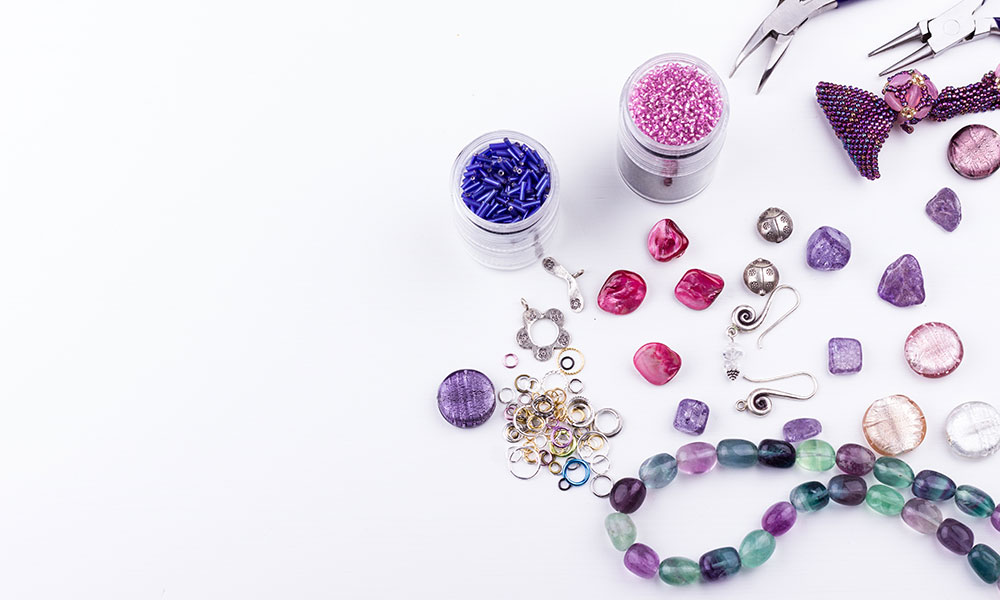
Martin Brothers Rabbits Jardiniere
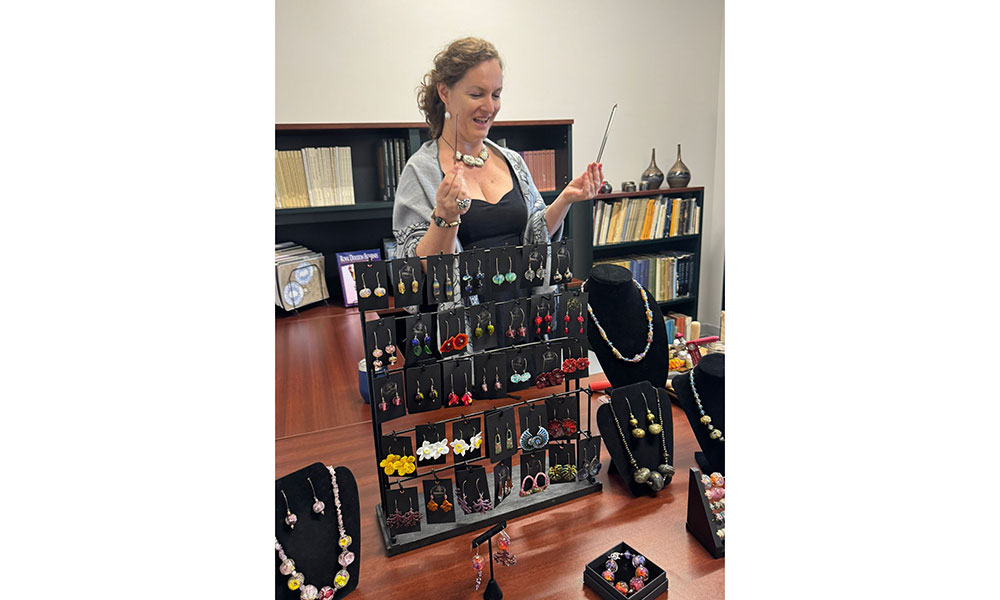
Martin Brothers Rabbits Jardiniere
Many WMODA fans have enjoyed meeting Diane and Mauro Gennaretti at the museum events with their Italianissimo jewelry collection. They travel regularly to Murano to commission glass and work with today’s artisans to breathe new life into traditional Venetian techniques. During their years in business, they have acquired many beautiful Murano beads and other works of art which they are featuring in our Magic of Murano selling exhibition until May 18.
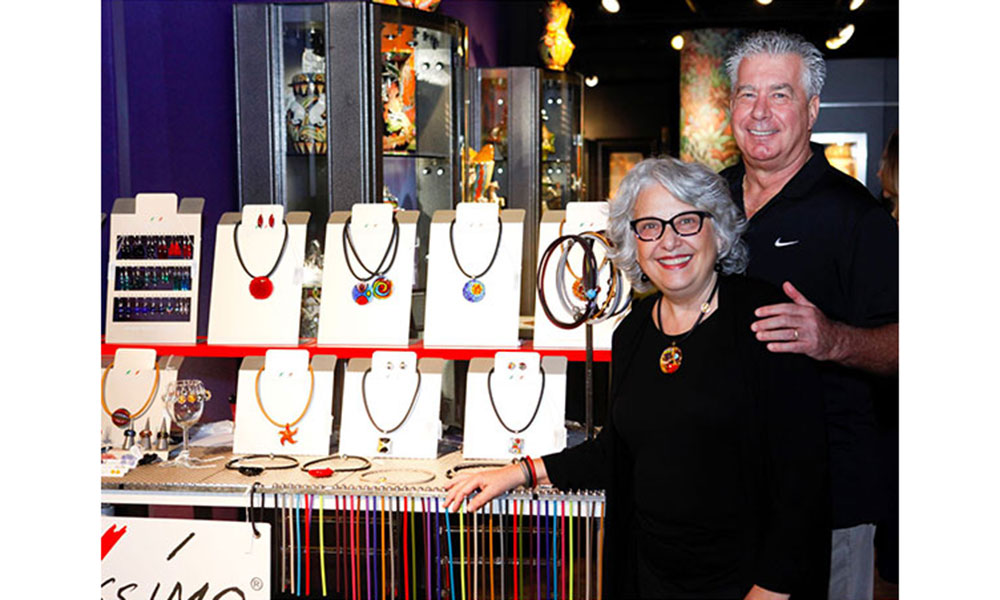
Diane and Mauro with Italianissimo Display at WMODA
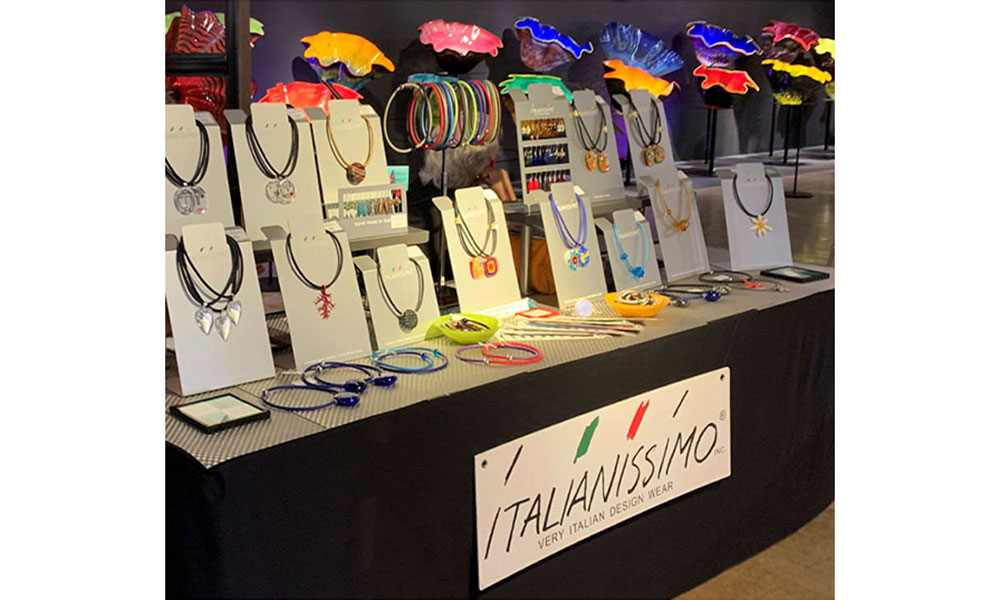
Italianissimo Pop Up Shop at WMODA
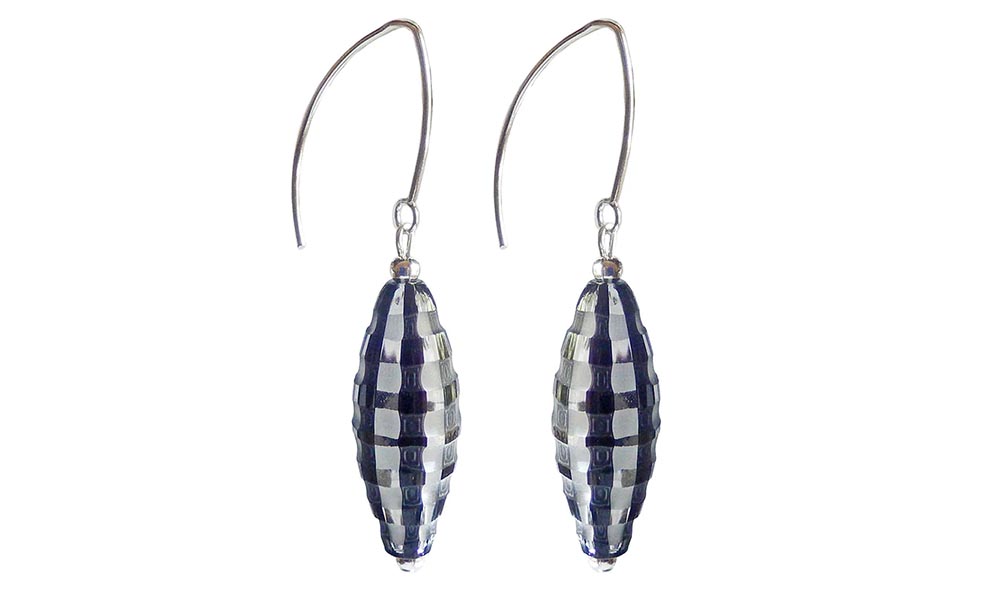
Italianissimo Pop Up Shop at WMODA

Italianissimo Glitter Earrings
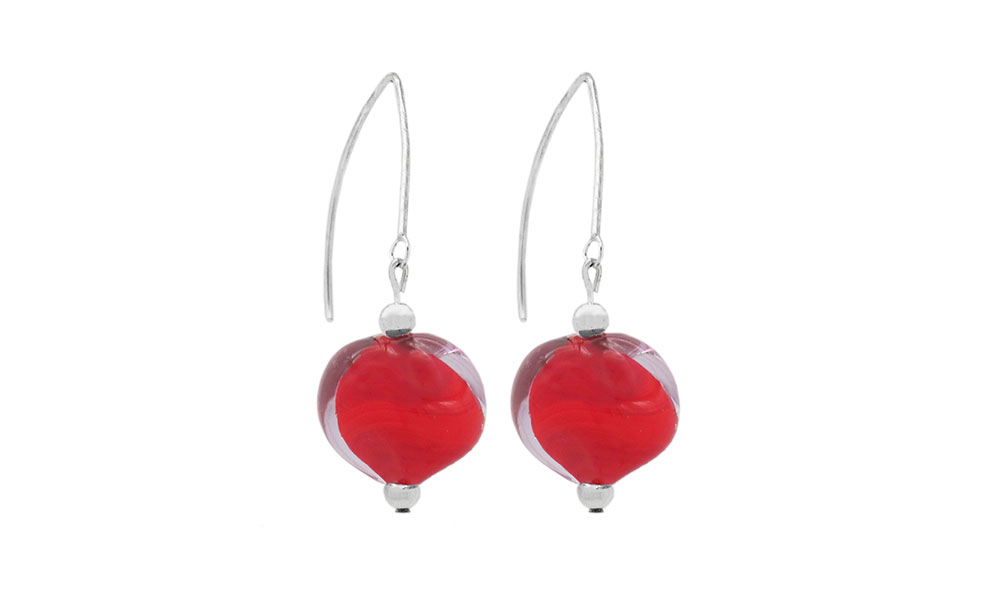
Italianissimo Cherry Glass Earrings

Italianissimo Murano Glass Glitter Earrings
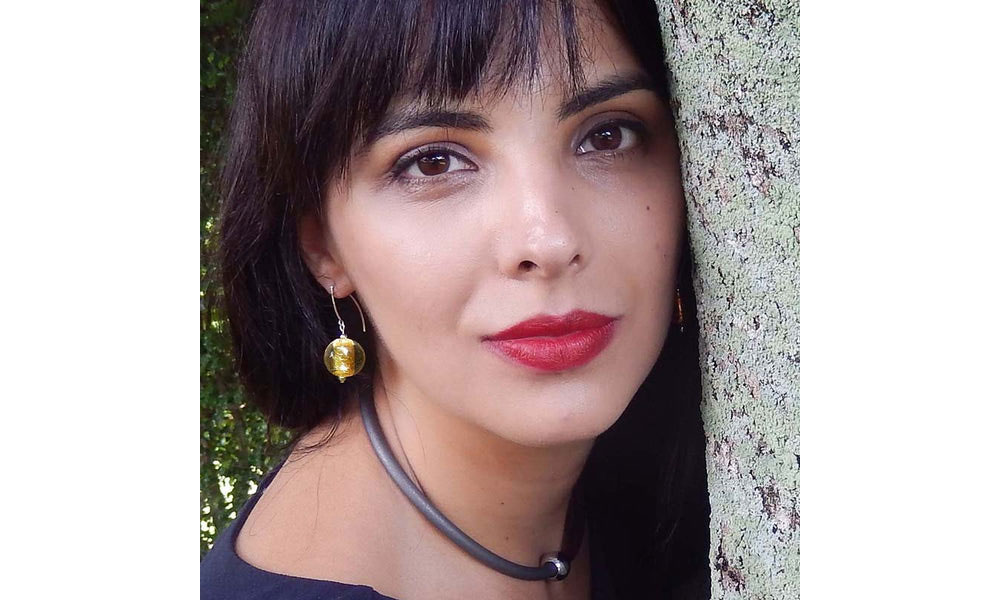
Italianissimo Murano Glass Earrings
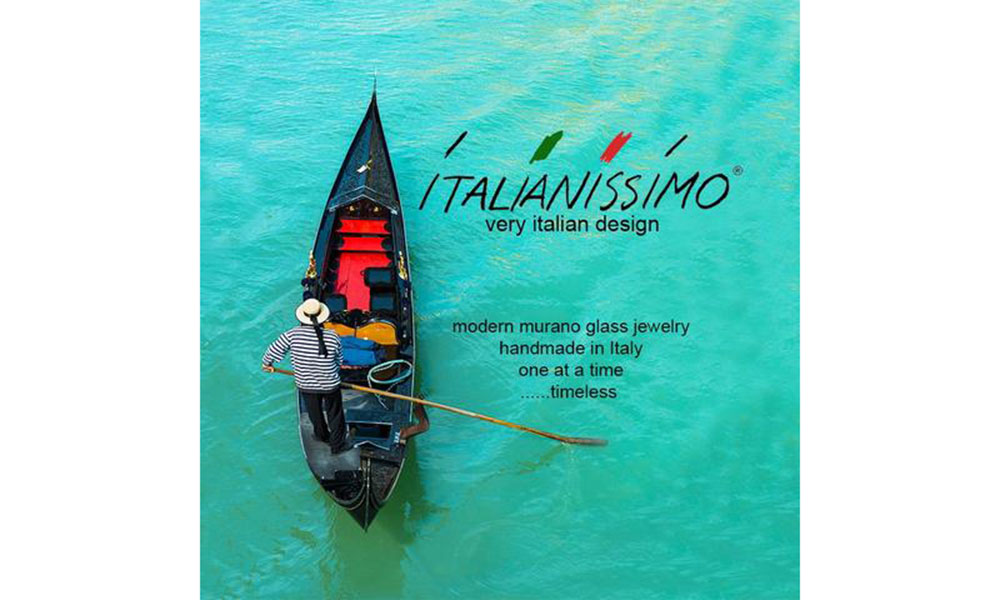
Italianissimo Jewelry
Meet Mirela Popovici and the Gennarettis at WMODA and celebrate these miniature glass masterpieces from Murano on International Museum Day, Sunday, May 18.
Watch the Life on a String: Beadmaking video produced by the Corning Museum of Glass
The Magic of Murano | Wiener Museum
Who’s Who – Italianissimo | Wiener Museum
Carved In Glass Exhibition | Wiener Museum
Beads and Baubles | Wiener Museum
The Italian Connection | Wiener Museum
Murano Glass - Sergio Gnesin - Who Who's @ WMODA
